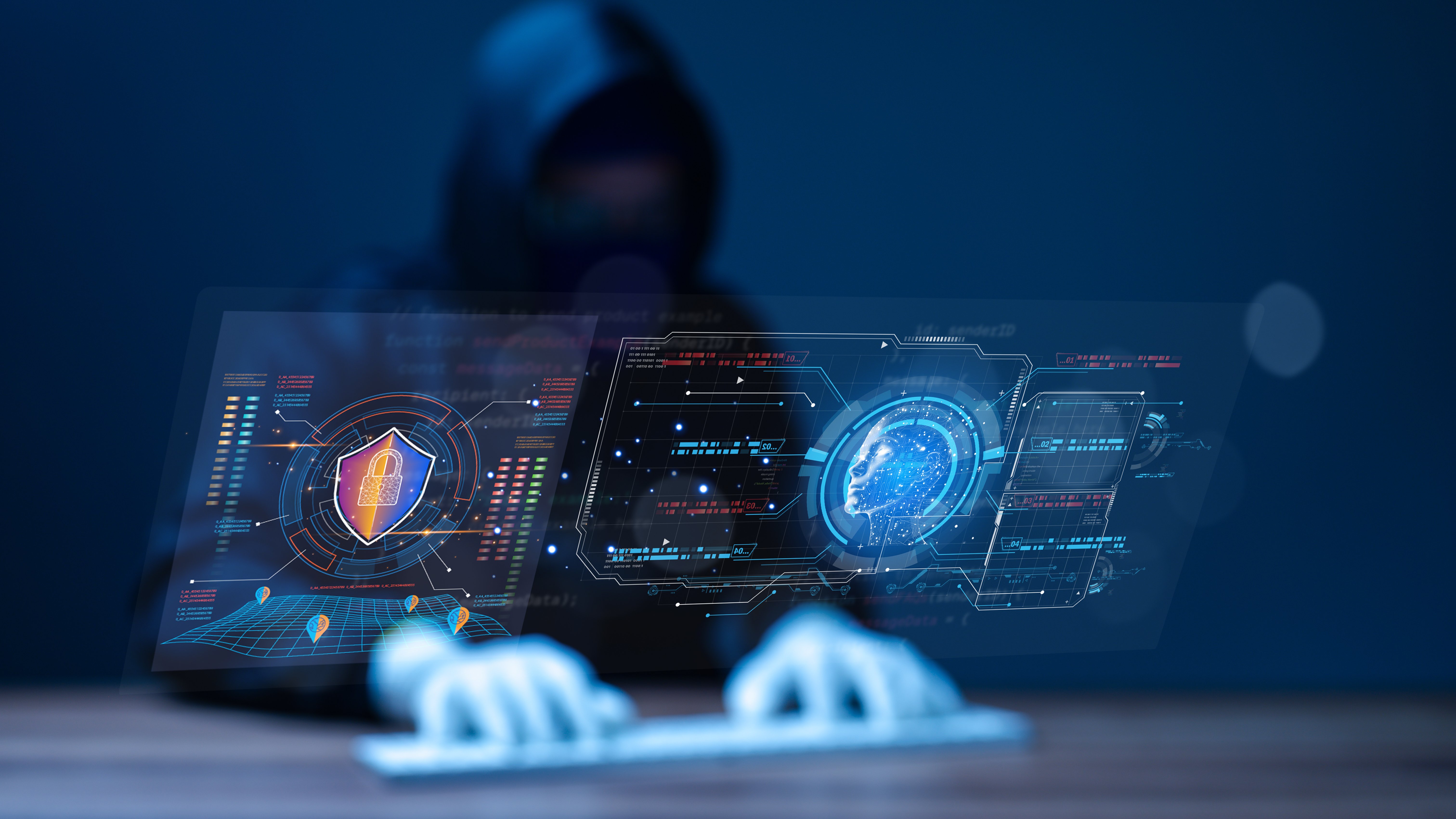
New AI systems can rapidly generate working exploits for published CVEs, significantly reducing the window of opportunity for security teams to patch vulnerabilities. The rise of AI in cybersecurity presents both opportunities and challenges.
The Dawn of Rapid Exploit Generation
Imagine a world where cyberattacks evolve at the speed of thought. Well, that future is rapidly becoming our present. Recent advancements in artificial intelligence have enabled systems to generate working exploits for published Common Vulnerabilities and Exposures (CVEs) in as little as 10 to 15 minutes. That's not just fast; it's warp speed in cybersecurity terms. But what does this mean for the average IT professional or business owner?
The traditional model of vulnerability management involves identifying, assessing, and patching vulnerabilities. This process, even when streamlined, can take days or weeks. Now, with AI capable of weaponizing vulnerabilities in minutes, the window of opportunity for attackers has shrunk dramatically. Are we ready for a world where the exploit is ready before the patch?
Challenges and Implications
The speed at which AI can generate exploits introduces several key challenges:
- Reduced Patching Time: Security teams must drastically reduce the time it takes to deploy patches. Every minute counts.
- Increased Attack Surface: Unpatched vulnerabilities become immediate targets, expanding the attack surface exponentially.
- Sophisticated Attacks: AI can identify and exploit vulnerabilities in ways that human hackers might overlook, leading to more complex and stealthy attacks.
- Resource Strain: Security teams are already stretched thin. The need for rapid response adds even more pressure.
So, what happens when AI can find flaws faster than we can fix them? It's a bit like being stuck in a perpetual game of whack-a-mole, but the moles are armed with AI-powered drills. Fun, right?
Defense Strategies for the AI Era
While the situation may seem dire, it's not time to throw in the towel. Here are some strategies to adapt to this new reality:
- AI-Driven Security Tools: Embrace AI-powered security solutions that can detect and respond to threats in real-time. These tools can help identify malicious activity and automate incident response.
- Proactive Vulnerability Management: Implement proactive vulnerability scanning and patching processes. Don't wait for a CVE to be published; continuously assess your systems for weaknesses.
- Improved Incident Response: Develop incident response plans that account for the speed and sophistication of AI-driven attacks.
- Security Automation: Automate repetitive tasks, such as vulnerability scanning and patch deployment, to free up security professionals to focus on more strategic initiatives.
- Continuous Monitoring: Implement continuous monitoring and threat detection systems to identify and respond to attacks as they happen.
Think of it as upgrading your castle's defenses with AI-powered sentries and self-repairing walls. It’s an investment, but one that could save you from a siege.
My Take: The Need for Constant Adaptation
In my opinion, the rise of AI in cybersecurity is a double-edged sword. While it presents new challenges, it also offers opportunities to enhance our defenses. The key is to embrace change and adapt our strategies to stay ahead of the curve. We must invest in AI-driven security tools, prioritize proactive vulnerability management, and foster a culture of continuous learning and improvement within our security teams.
The cybersecurity landscape is constantly evolving, and AI is just the latest game-changer. By embracing innovation and remaining vigilant, we can navigate this new terrain and protect our systems from the ever-growing threat of cyberattacks. It’s not just about keeping up; it’s about staying one step ahead.
